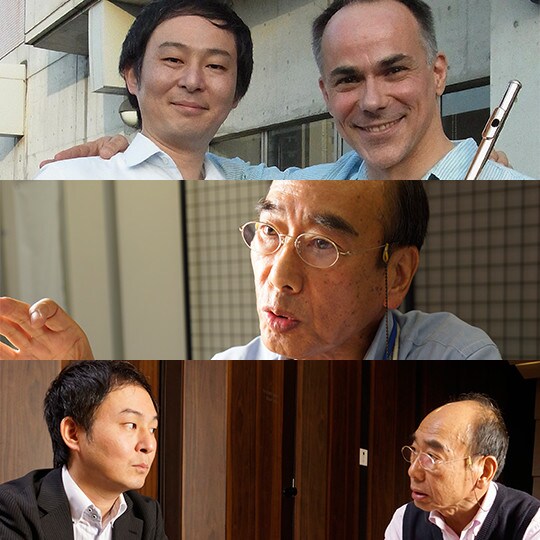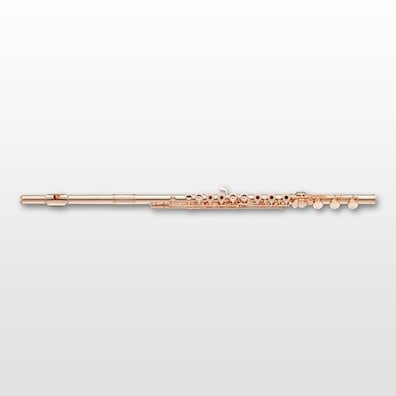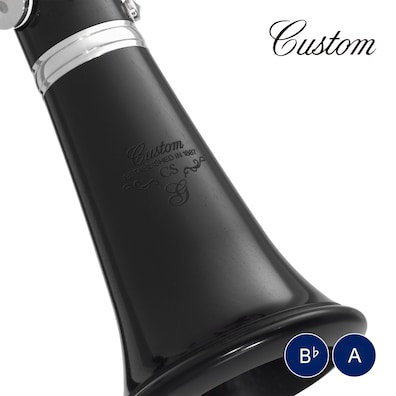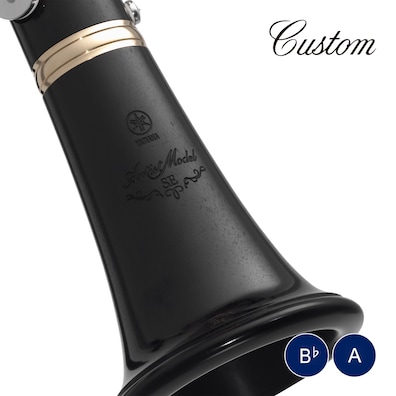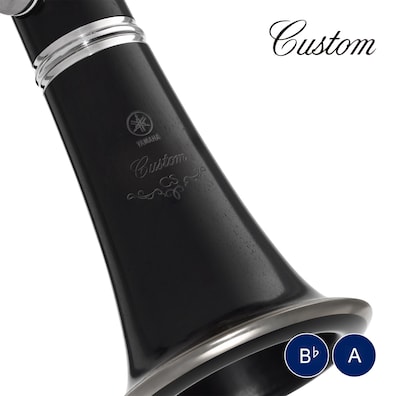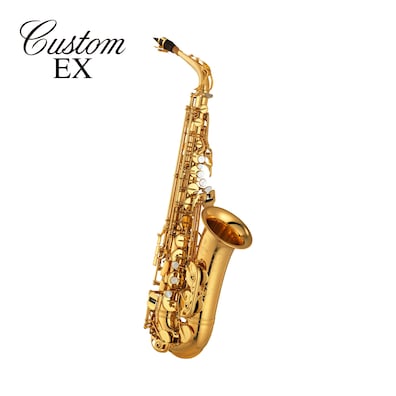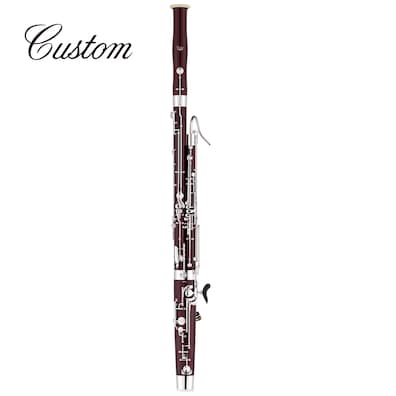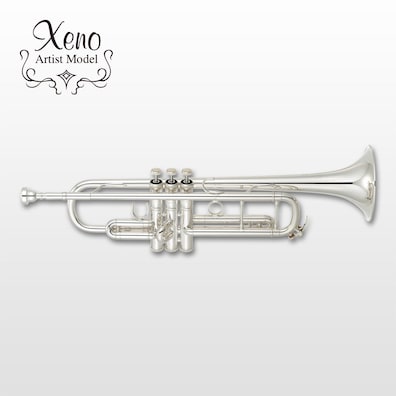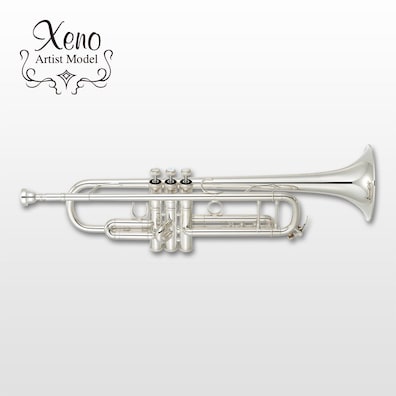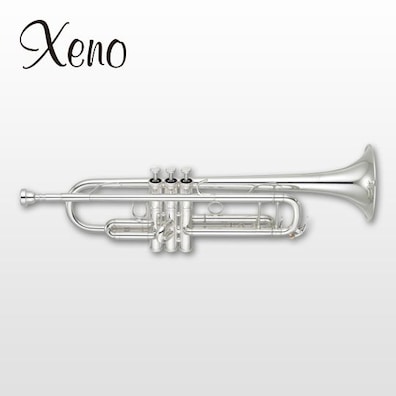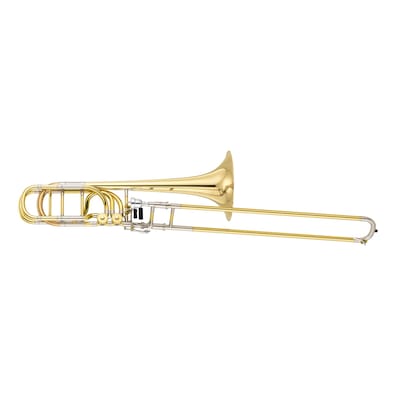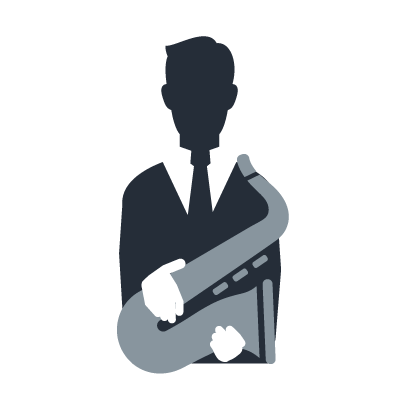About Yamaha Atelier
Co-creation hubs for artists and Yamaha
The word “atelier” means “workshop” in French. Yamaha Ateliers have been established as hubs for the research and development of Yamaha’s brass and woodwind instruments. They actively pursue the creation of instruments that enhance the originality of professional artists by engaging these pro artists in dialogue to create the ideal sounds.
Yamaha Atelier Activities
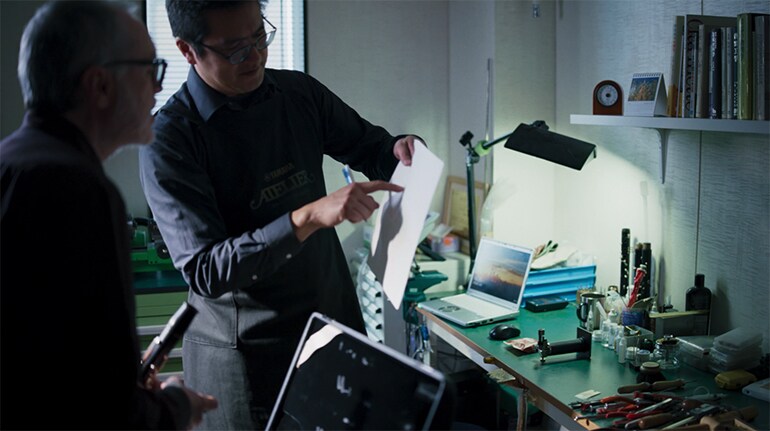
Exploration with artists
The expert technicians at the Ateliers pay attention to what our artists have to say in the pursuit of ongoing research. In the areas of tone, playability and touch, artists’ high expectations towards their instruments continue to be met, as these musical instruments are brought to players worldwide as Yamaha brass and woodwind instruments.
For example, when considering tone, various factors combine to produce the sounds we hear from our instruments. The number of combinations is truly staggering when you realize that the very same instrument can sound completely different depending on the player, not to mention differences in how the instrument is structured such as the wood and metal parts, or slight differences in shape. There truly is no end to research when it comes to creating even better musical instruments through dialogue with artists.
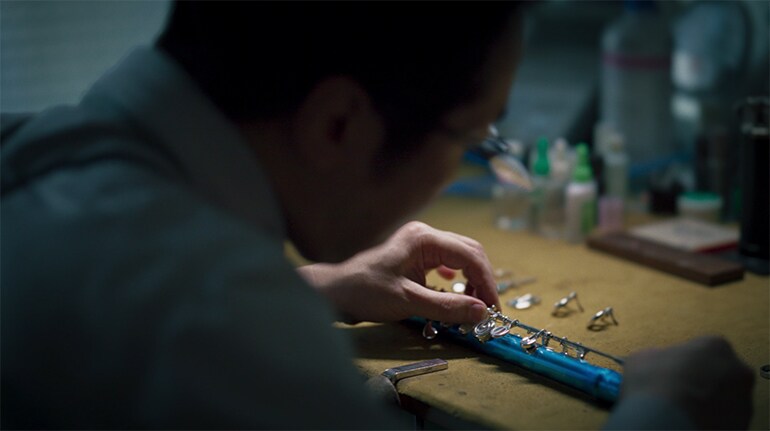
Technique that supports our research and development
A particularly important part of the development process is understanding what the artists want and reflecting those needs in the instrument. A wide range of technique is required to make this happen. The Ateliers offer a deep understanding of musical instruments as well as technical skill in adjustments and repair, and our technicians who are always on hand have the knowledge and technical expertise of parts manufacturing and modification, with the necessary equipment for any work to be done. These technicians bridge the gap between the performers and musical instruments, and their activities help Yamaha’s brass and woodwind instruments to evolve.
Representative models collaborated with Yamaha Atelier
YCL-CSGlll
Clarinet
R&D location: Hamburg
This model was developed through continuous dialogue with clarinet players in Europe. We worked alongside the artists to build an instrument structured to express sounds ranging from delicate breathing to powerful resonating tones, while incorporating the sensitivity of the German models. In particular, what artists from every country wanted was a wide dynamic range and freedom of expression. To this end, we reviewed the various specifications to bring these needs to reality.
YAS-875EX
Alto Saxophone
R&D locations: New York, Los Angeles, Tokyo, Hamburg
This model was developed in close collaboration with world-renowned saxophonists, including Nobuya Sugawa, Jean-Yves Fourmeau and Otis Murphy. Since its release, continuous improvements have been made to the usability, acoustic design, and other areas of the YAS-875EX based on feedback from artists, and this instrument is now recognized by many performers as a model that continues to evolve.
YTR-9335CHS
Trumpet
R&D locations: Los Angeles, New York
Yamaha developed this instrument together with John Hagstrom of the Chicago Symphony Orchestra by thoroughly reviewing everything from the overall design concept to the component materials, with the goal of making the best trumpet possible. The product continues to evolve with two model revisions after its release, and BR types has been added to the lineup to provide a more nuanced respond to player needs.
YSL-882OII
Trombone
R&D location: New York
This model was developed under the supervision of Peter Sullivan, principal trombonist of the Pittsburgh Symphony Orchestra and professor at the Cleveland Institute of Music and Carnegie Mellon University. The instrument’s improved lever mechanism has brought about a further evolution in playability, making this model an iconic Xeno trombone that’s useful in a wide range of settings, including orchestra and brass band music.
Yamaha Atelier History
The beginning of the Yamaha Atelier goes back to 1977, when Atelier Tokyo was established in Ginza. At that time, in addition to the mass production of instruments, there was a need for a permanent hub in Tokyo, a location where many artists come and go. This facility had to be capable of responding flexibly to the everyday development and adjustment-related needs of the performers that the Hamamatsu center could not cover. Kenzo Kawasaki, the staff member who was involved in the development of Xeno trumpets took the position as the first department manager and led the efforts in working with artists from within and outside of Japan. Since then, the Yamaha Atelier has expanded to various locations including Hamburg and New York and strives to work in closer cooperation with artists from around the world.
Yamaha Atelier Distribution (As of May 2025)
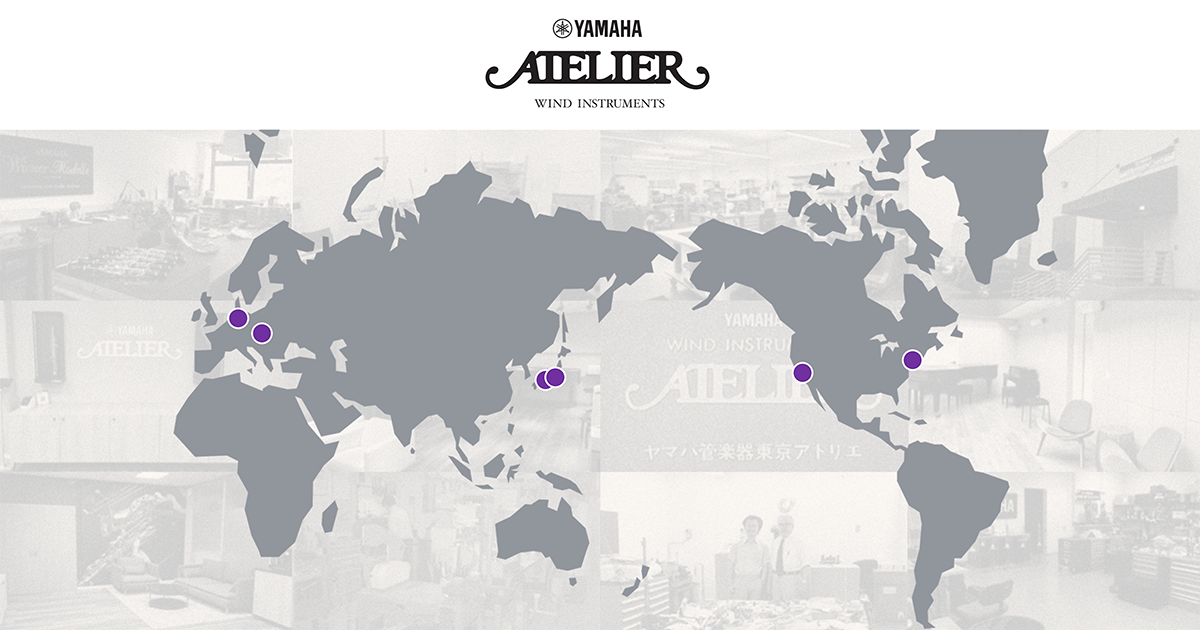
1970–1979
1977: Atelier Tokyo established
1979: Atelier Hamburg established
1980–1989
1982: Vienna model released
1985: Atelier Hamburg moved to Frankfurt
1986: Atelier Paris established
1986: Atelier Vienna established, and the Vienna model release event was held (over a decade of joint research with the Vienna Philharmonic)
1990–1999
1990: YTR-8335US (first-generation Xeno) and YFG-812 released
1991: YTR-6310Z released
1995: YSL-882U (first-generation Xeno) released
2000–2009
2002: YAS-875EX released
2004: Xeno Artist Model trumpet released
2005: YSL-882O (Xeno) released
2005: Atelier Osaka established
2005: Yamaha Artist Services New York established
2006: YTR-9335 released
2007: YCB-826 released
2008: Atelier Los Angeles opened in Buena Park
2009: Atelier Frankfurt moved back to Hamburg
2010–
2010: Atelier Tokyo newly opened
2011: YCL-CSGIII and YFL-8x7.9x7 released
2015: YCL-SE-Artist Model released
2016: YHR-871 released
2018: YCL-CSVR-ASP and YTR-8335RC released
2021: YTS-82Z-ASP released
2023: YBL-835 released
2025: CLBR Series (Option Barrels for B♭/A Clarinets) released





